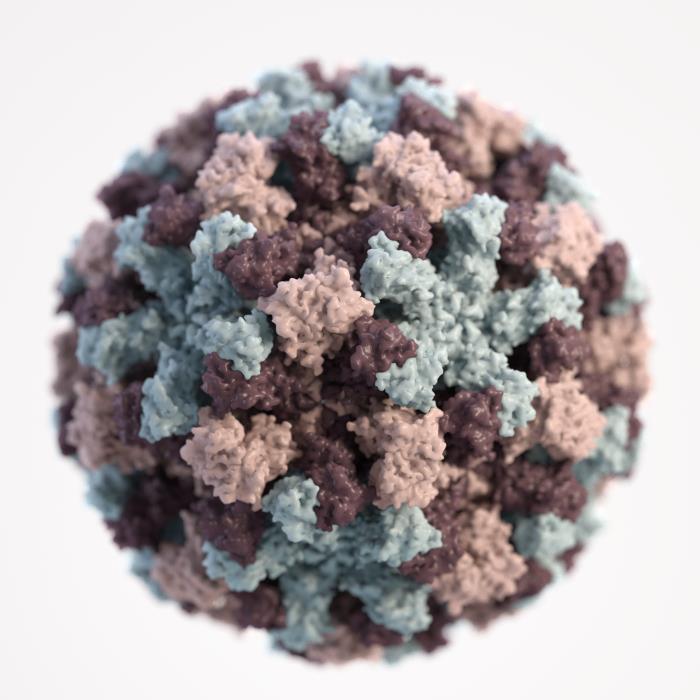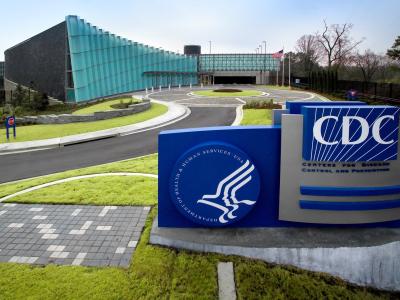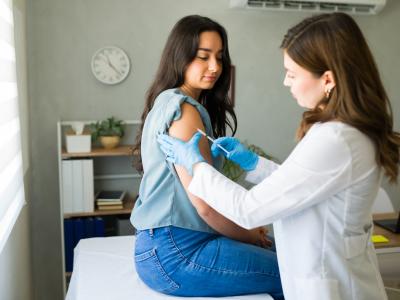
A new study conducted among US veterans quantifies the substantial economic burden of norovirus in older adults, researchers reported today in JAMA Network Open.
In the study, a team led by researchers with the Centers for Disease Control and Prevention used Veterans Health Administration (VHA) health record and health cost data on veterans who sought care for lab-confirmed norovirus infection at VHA clinics from 2010 through 2024 to quantify outpatient, emergency department (ED), and inpatient healthcare costs associated with the disease.
Norovirus is the leading cause of acute gastroenteritis among all ages in the United States, and though it is typically mild and self-limiting, it can cause severe illness in older adults and those with medical conditions.
"US veterans represent a group potentially at high risk for norovirus given their older age and high rates of underlying medical conditions," the study authors wrote.
Extrapolated annual cost of $884 million in older patients
A total of 7,768 norovirus episodes from 7,520 patients (median age, 62 years; 88% male) were included in the analysis, including 3,520 outpatient, 2,018 ED, and 2,230 inpatient episodes. The median costs were $640 for outpatient, $2,203 for ED, and $14,083 for inpatient episodes.
Median inpatient costs were higher among older age groups ($12,777, $16,075, and $18,566 for those aged 45 to 64 years, 65 to 84 years, and 85 years and older, respectively) than younger adults ($7,751 and $9,394 for those aged 18 to 24 years and 25 to 44 years). Median costs were also higher across Charlson Comorbidity Index (CCI) categories, with the highest cost observed for patients with a CCI of 5 or higher ($18,508).
The extrapolated annual cost was approximately $28 million in the VHA population and approximately $884 million when extrapolated to the US population aged 65 years and older.
"While norovirus is generally considered a mild acute illness, the findings highlight its substantial economic burden and potential cost savings from targeted interventions, such as vaccines and antivirals, for this adult population," the authors concluded.












